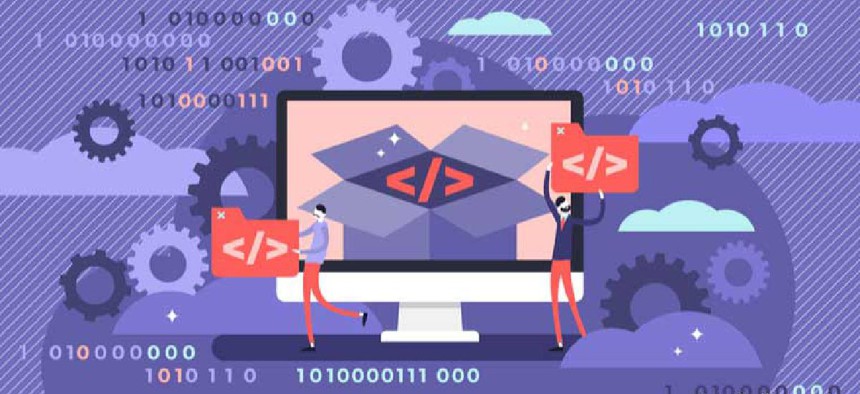Free and open: Accelerating innovation in the battle against COVID-19

The open-source model gives developers tools to manage, search and analyze various data types in real-time, and that gives IT leaders the visibility to implement a data-first strategy to deal with COVID-19.
The fight to stop the spread of COVID-19 is tireless for the medical community, first responders and government agencies, as personnel on the front lines work together to save lives and mitigate the impact on citizens and businesses. At times like these, the power of community and collaboration come into sharp focus and show us all what we can accomplish when we work together for a common good.
The technology community has a critical role to play in this fight by driving the creation of innovative tools and putting them into the hands of experts leading the fight. Making these tools as accessible as possible starts with open-source software’s free and open philosophy. Free tools don't cost anything and have a low barrier to adoption, so they can be immediately placed into the hands of responders, volunteers and others who need them. And because they are open, they can be continually improved. When governments look to free and open-source software, they can quickly deliver solutions to advance the fight against this pandemic.
Open source in action during a crisis
Open-source software proved critical to success responding to past medical crises. When Ebola struck West Africa in late 2014, staff with eHealth Africa leaned on open-source solutions to help them collect, link and analyze data recorded during the epidemic. At the outset of the virus, it was weeks between the identification of a suspected case and laboratory confirmation, delaying contact tracing. With an open-source call center application, though, workers could record data at a central location and distribute that information to district centers, which could follow up on suspected cases, adding additional data and setting up alerts.
Open source-based search engine technology enabled immediate indexing of different facets of the call center data, so indexes were updated quickly as new datasets became available. With these open source tools, eHealth Africa played a pivotal role in identifying suspected cases and getting contact tracing in motion sooner during the Ebola outbreak.
All of this was only possible because developers were empowered with open-source technology to stand up projects quickly. Open source provided the fastest, most affordable, and most flexible way to turn a mountain of data into insights and action that saved lives.
Solutions built on a free and open philosophy are already being used in the fight against COVID-19, including geospatial technology that assists with social distancing in public spaces. Several applications to assist with contract tracing are also being developed using open-source software. As we advance into an uncertain future, open-source solutions will be critical to building the innovative tools responders and agencies need to continue the fight.
When is “free” really free?
Since the COVID-19 crisis began to unfold, many enterprise software firms have started offering their solutions and services for free, but only for a limited time. Eventually, these free offers expire, and agencies that have adopted them during a crisis may face vendor lock-in and be forced into closed and proprietary ecosystems. These limited-time free offerings hinder developers’ ability to innovate confidently in a crisis by making the procurement of software a primary concern over fighting the disease.
Alternatively, software built on open source or even free-forever tiers of pricing are free now and always. Nothing changes about the business model once this crisis is over. The free and open model puts tools into the hands of developers now to manage, search and analyze various data types in real-time, and that gives IT leaders the visibility and transparency they need to truly implement a data-first strategy to modernize their systems to deal with COVID-19 today and tomorrow as well.
By drawing on the strengths of open-source solutions -- quick to stand up, completely free with no potential for vendor lock in and constantly improved upon by the community -- governments can build solutions that can be built upon in the future. Solutions that can be used in the next crisis.
Together with health care workers, scientific researchers, government agencies and the scores of volunteers helping to stamp out this pandemic, open source will light the path to innovation.





